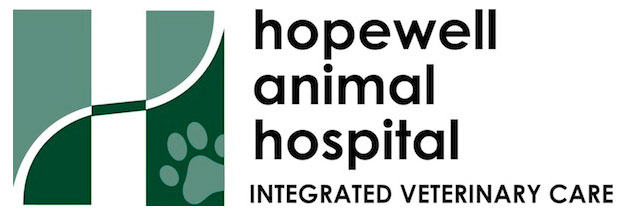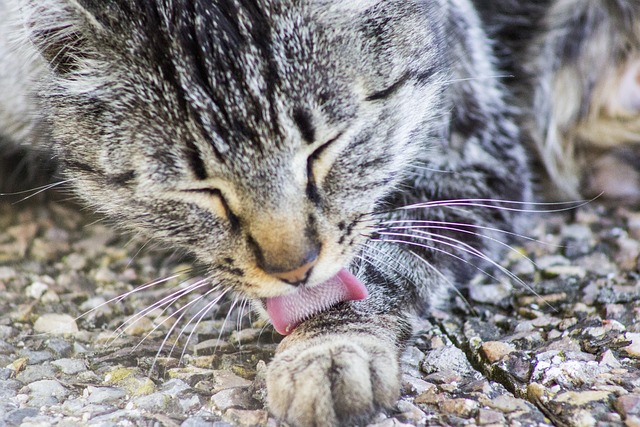Study of bilateral elbow joint osteoarthritis treatment using conditioned medium from allogeneic adipose tissue-derived MSCs in Labrador retrievers
Abstract
Stem Cells in Veterinary Medicine—Current State and Treatment Options
Abstract
Regenerative medicine is a branch of medicine that develops methods to grow, repair, or replace damaged or diseased cells, organs or tissues. It has gained significant momentum in recent years. Stem cells are undifferentiated cells with the capability to self—renew and differentiate into tissue cells with specialized functions. Stem cell therapies are therefore used to overcome the body’s inability to regenerate damaged tissues and metabolic processes after acute or chronic insult. The concept of stem cell therapy was first introduced in 1991 by Caplan, who proposed that massive differentiation of cells into the desired tissue could be achieved by isolation, cultivation, and expansion of stem cells in in vitro conditions. Among different stem cell types, mesenchymal stem cells (MSC) currently seem to be the most suitable for therapeutic purposes, based on their simple isolation and culturing techniques, and lack of ethical issues regarding their usage. Because of their remarkable immunomodulatory abilities, MSCs are increasingly gaining recognition in veterinary medicine. Developments are primarily driven by the limitations of current treatment options for various medical problems in different animal species. MSCs represent a possible therapeutic option for many animal diseases, such as orthopedic, orodental and digestive tract diseases, liver, renal, cardiac, respiratory, neuromuscular, dermal, olfactory, and reproductive system diseases. Although we are progressively gaining an understanding of MSC behavior and their mechanisms of action, some of the issues considering their use for therapy are yet to be resolved. The aim of this review is first to summarize the current knowledge and stress out major issues in stem cell based therapies in veterinary medicine and, secondly, to present results of clinical usage of stem cells in veterinary patients.
Partial Cranial Cruciate Ligament Tears Treated with Stem Cell and Platelet-Rich Plasma Combination Therapy in 36 Dogs: A Retrospective Study
- PMID: 28018908
- PMCID: PMC5155010
- DOI: 10.3389/fvets.2016.00112
Abstract
Objective: To evaluate outcomes in 36 dogs with a partial cranial cruciate ligament (CCL) tear treated with autologous bone marrow aspirate concentrate (BMAC) or adipose-derived progenitor cells (ADPC) with platelet-rich plasma (PRP) combination.
Materials and methods: Medical records of client-owned dogs diagnosed with an early partial (≤50%) tear of the craniomedial band of the CCL that was treated with BMAC-PRP or ADPC-PRP were reviewed from 2010 to 2015. Signalment, medical history, physical and orthopedic examination, objective temporospatial gait analyses, radiographs, day 0 and day 90 diagnostic arthroscopy findings, treatment, and outcome were among the data collected. A functional owner questionnaire, including the validated Helsinki chronic pain index (HCPI), was sent to owners whose dog was known to not have had a tibial plateau leveling osteotomy (TPLO). Statistical analysis was performed on data, where significance was established at p < 0.05.
Results: Stifle arthroscopy findings at 90 days posttreatment were available on 13 of the 36 dogs. In nine dogs, a fully intact CCL with marked neovascularization and a normal fiber pattern was found with all previous regions of disruption healed. One dog revealed significant improvement and received an additional injection. The remaining three dogs had a >50% CCL tear, and a TPLO was performed. Four additional dogs were known to have had a TPLO performed elsewhere. Baseline and day 90 posttreatment objective gait analyses were available on 11 of the 36 dogs. A significant difference was found between the treated limb total pressure index percent (TPI%) at day 0 and day 90 (p = 0.0124), and between the treated limb and contralateral limb TPI% at day 0 (p = 0.0003). No significant difference was found between the treated limb and contralateral limb TPI% at day 90 (p = 0.7466). Twelve questionnaires were returned, of which eight were performance/sporting dogs. Seven of the eight had returned to sport; the remaining dog had just begun a return to sport conditioning program 6 months posttreatment. All 12 respondents believed that their dog had an excellent or very good quality of life and rated their dog’s procedural outcome as excellent or good.
Conclusion: The use of BMAC-PRP and ADPC-PRP shows promise for the treatment of early partial CCL tears in dogs. Further studies are needed and should be randomized, blinded, and controlled.


 1
1